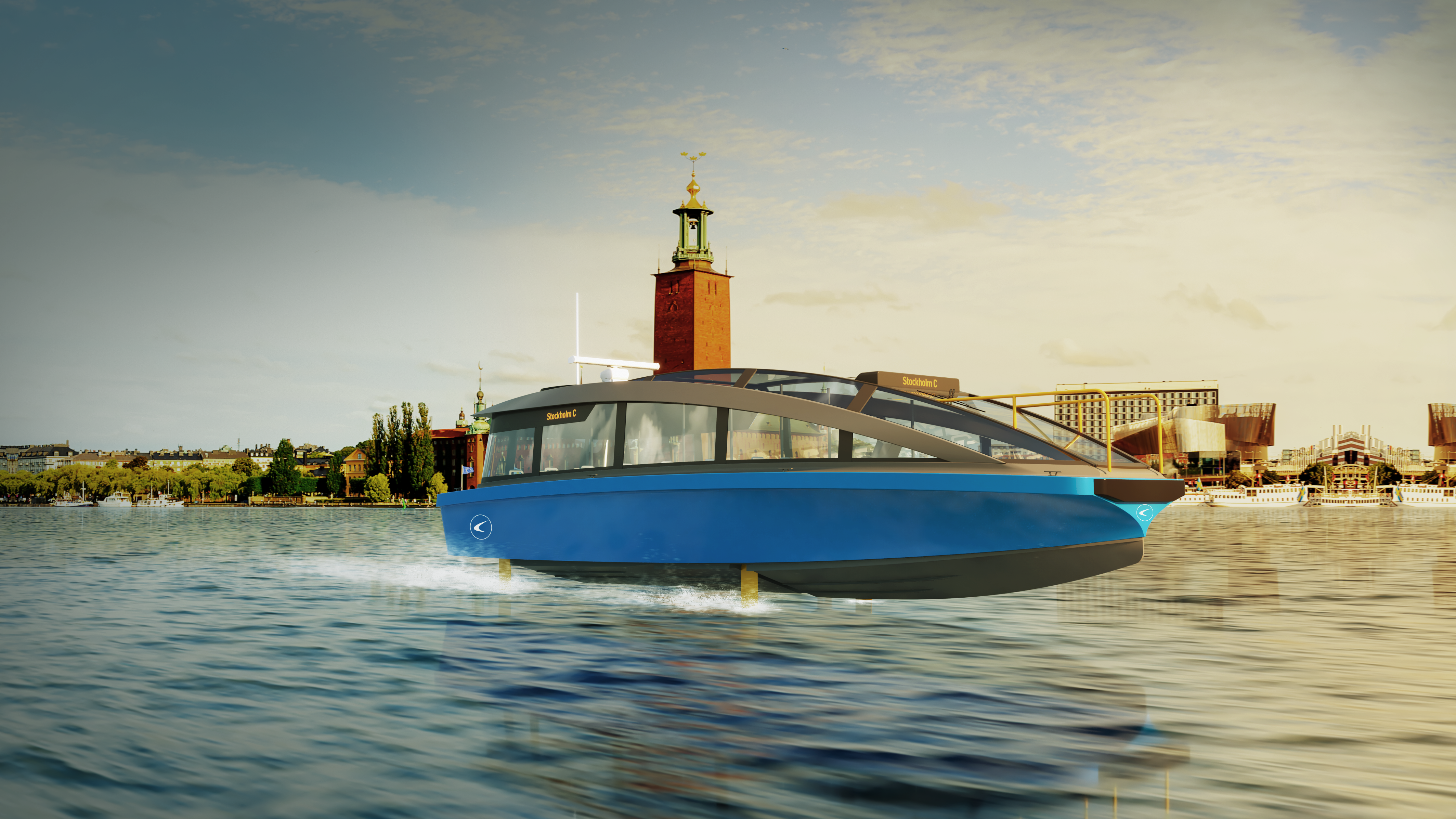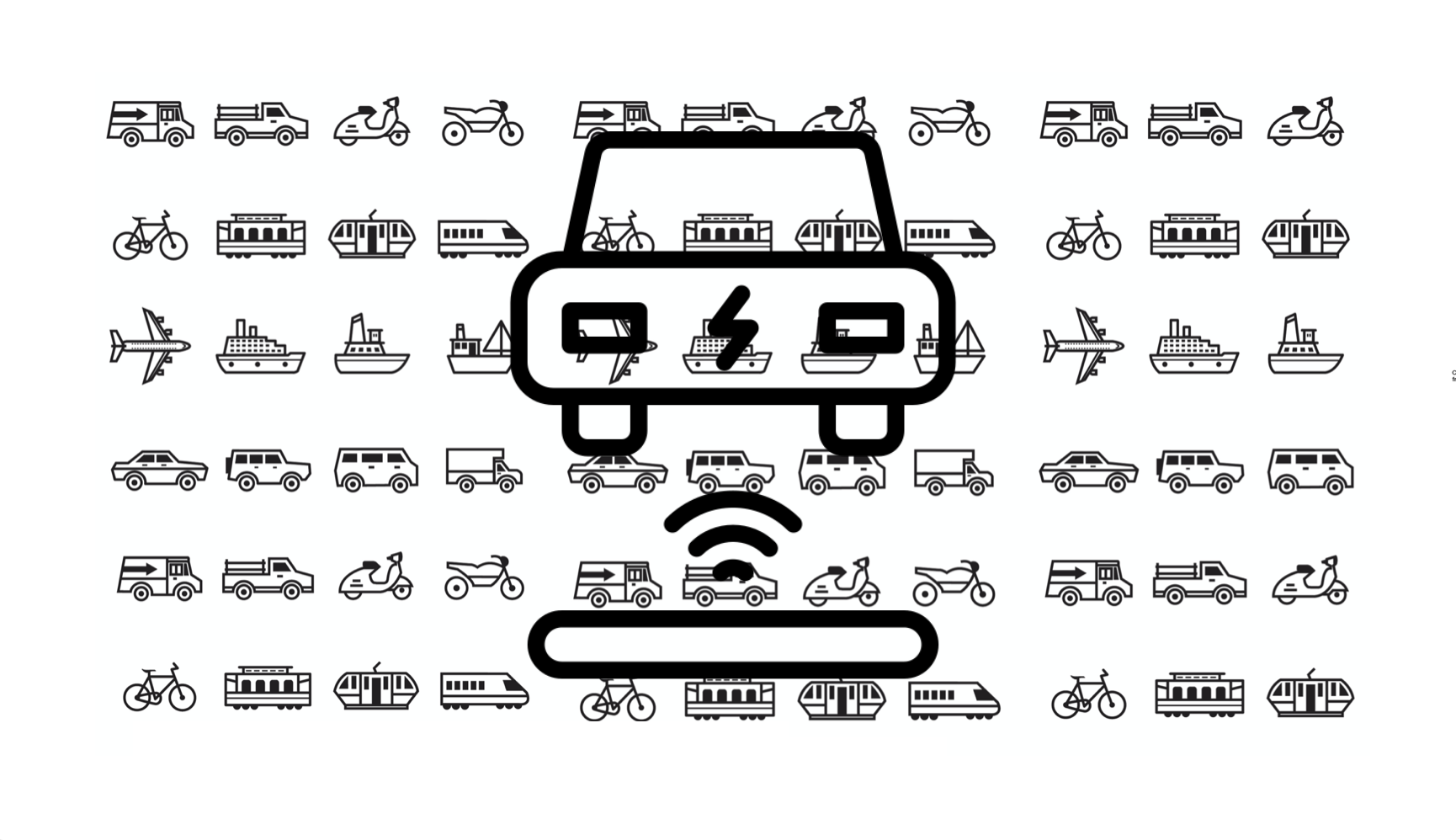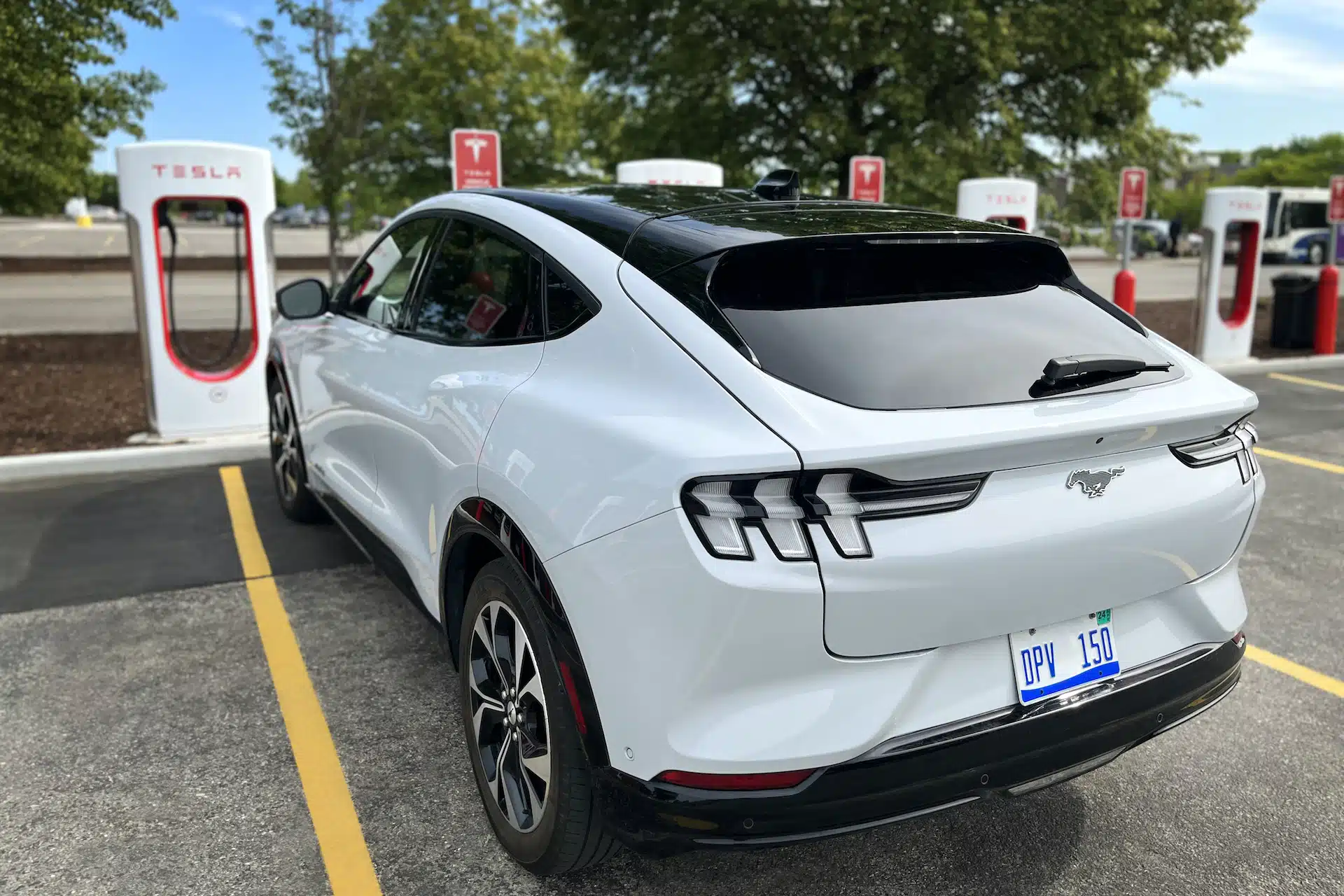
Researchers from Chalmers University have developed an induction technology to wirelessly charge batteries in electric vehicles such as ferries, trucks and buses. They use high-power semiconductor materials like silicon carbide which allows faster frequencies compared to traditional methods. Professor Yujing Liu stated that this system can be built into the street or wharf and allow charging 30 – 40 times per day without any human or robotic help.
This advancement was made possible due to the development of new type of semiconductor based on silicon carbide and a newly developed copper wire, as thin as a human hair. These factors enabled the transmission of high power through air and made it more realistic to charge electric vehicles with the help of induction.
Ready for market
The technology developed by Professor Yujing Liu and his team is so complete that it will soon be ready for market. According to Liu, this technology is especially attractive for electric city ferries which operate in regular traffic across waterways in cities such as Gothenburg and Stockholm. This system would also be suitable for city buses or driverless electric vehicles used in industry, mining, and agriculture.
The direct current system developed by Professor Liu has a efficiency of 98 percent and can transfer 500 kW per 2 square meters with 15 cm air gap between the ground pad and the onboard contact point. This wireless charging system is especially beneficial in environments where frequent charging needs to take place and weather conditions may be unpredictable.

The Benefits of Wireless Charging
Wireless charging with induction offers several advantages over traditional methods of charging batteries in electric vehicles. Firstly, it eliminates the need for a human or robotic arm to plug in the vehicle’s battery, allowing for automated charging at predetermined times. Secondly, it is much faster than conventional methods as it requires no cables and provides efficient power transfer. Finally, this system is capable of operating in all weather conditions, making it an ideal choice for electric ferries and other transportation vehicles.
Greener Transportation
Wireless charging technology has been around for decades, initially used for electric toothbrushes. In recent years, cell phones and other portable electronics have also taken advantage of this technology. Now, thanks to advancements made by Professor Yujing Liu and his team at Chalmers University, wireless charging has been taken to a whole new level.
Chalmers University’s research has already attracted attention from companies around the world who are eager to implement this technology into their own operations. In Germany, companies such as SMA Solar Technology AG are testing wireless charging systems on electric cars while other companies are using it to power ships. The US Navy is also taking part in this revolution, planning to use wireless charging technology on their ships.
The development of wireless charging technology marks a major breakthrough in the electrification revolution across transportation domains. Not only does it make transportation more efficient and convenient but also contributes towards greener solutions. As Professor Yujing Liu puts it: “It’s not just about getting rid of cables, but also about reducing carbon dioxide emissions from transport.”







